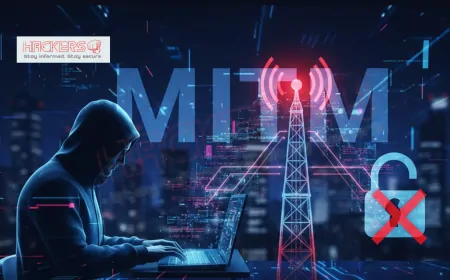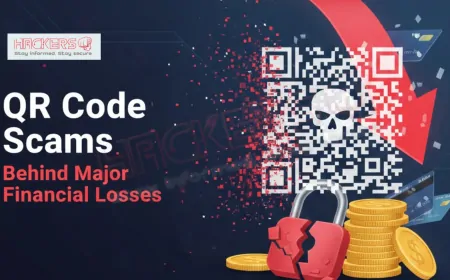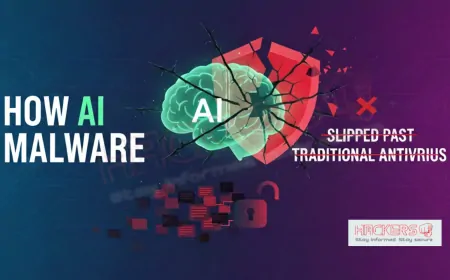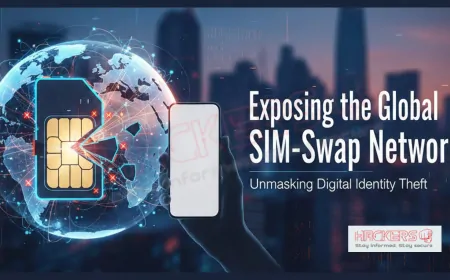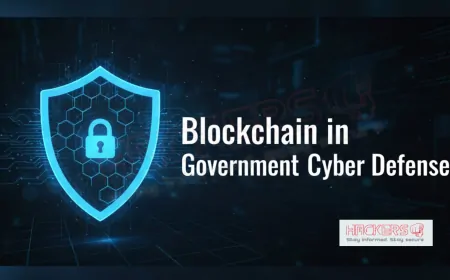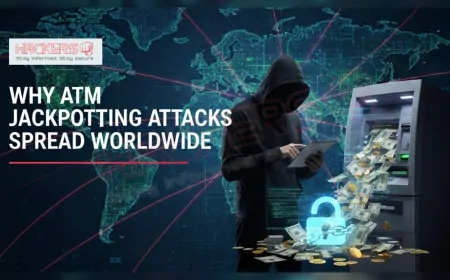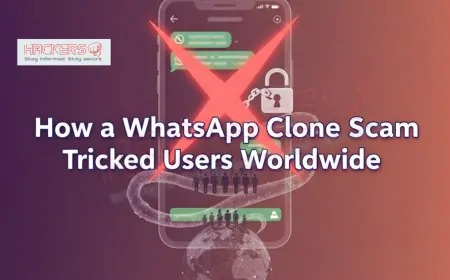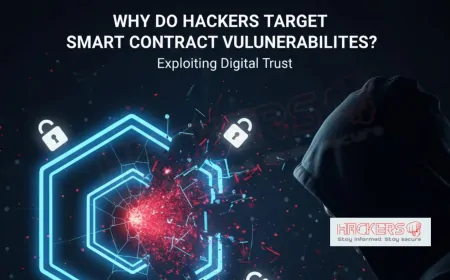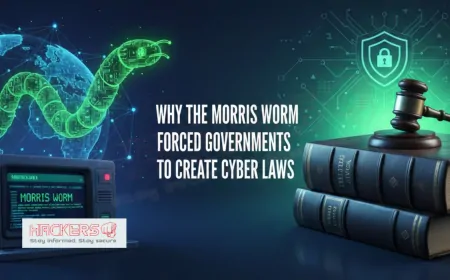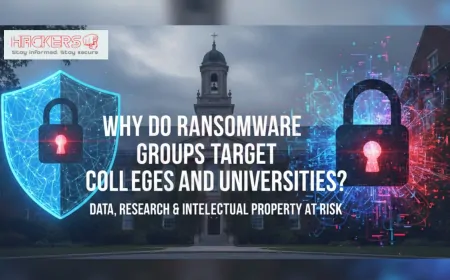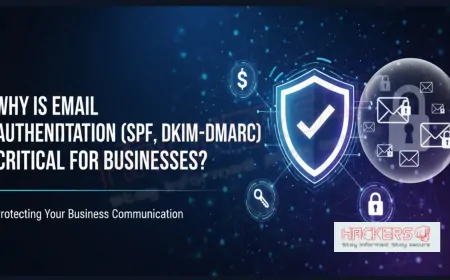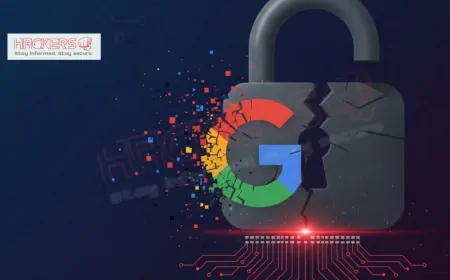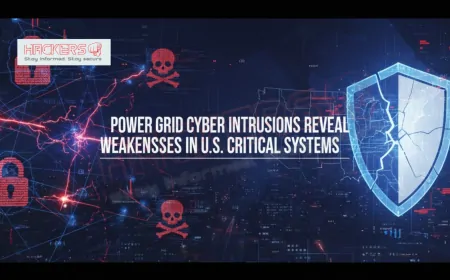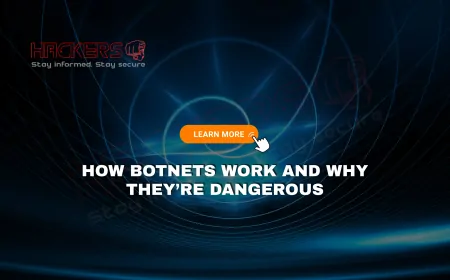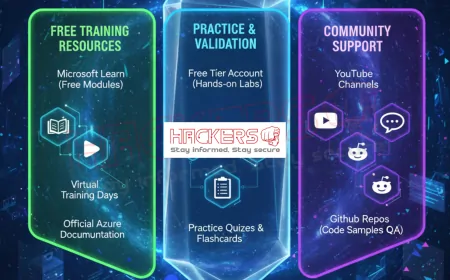How Can You Build a Career in Digital Forensics and Incident Response?
Picture this: A major company wakes up to find its systems locked, customer data stolen, and a ransom note blinking on every screen. Panic spreads through the boardroom. Who did this? How did they get in? Can we recover? This is where digital forensics and incident response (DFIR) experts step in, like detectives in the digital age. They analyze clues left in code, trace hacker paths, and help organizations bounce back stronger. In 2025, with cybercrime costing trillions annually, these professionals are in high demand. If you love puzzles, technology, and making a real impact, a career in DFIR could be your calling. The field combines investigative skills with tech know-how. Digital forensics focuses on collecting and preserving evidence from devices, while incident response handles live attacks, containing damage fast. Jobs pay well, with U.S. salaries averaging $120,000 for experienced roles, and entry-level starting at $75,000. Growth is strong too, projected at 32 percent through 2032. This blog guides beginners and students through building a DFIR career, from education to certifications, tools, and real-world tips. Whether you are in college or switching fields, let us map your path to becoming a cyber sleuth.

Table of Contents
- What Is Digital Forensics and Incident Response?
- Why Choose a DFIR Career in 2025?
- Education and Academic Pathways
- Essential Certifications to Stand Out
- Key Skills You Need to Develop
- Must-Know Tools in DFIR
- DFIR Tools Table
- Gaining Hands-On Experience
- Common Job Roles and Career Progression
- Insights from Renowned DFIR Experts
- Challenges and How to Overcome Them
- The Future of DFIR Careers
- Conclusion
- Frequently Asked Questions
What Is Digital Forensics and Incident Response?
Digital forensics is the science of recovering and investigating data from digital devices, like computers, phones, or cloud storage. It ensures evidence holds up in court or internal reviews. Think of it as CSI for tech: collecting fingerprints from files without altering them.
Incident response (IR) deals with active threats. When a breach happens, IR teams contain it, eradicate the attacker, and recover systems. DFIR combines both, often overlapping in real jobs.
Daily tasks include analyzing malware, which is harmful software, reconstructing timelines from logs, and reporting findings. You might work for law enforcement, corporations, or consultancies. The goal: uncover truth and prevent future attacks.
In 2025, DFIR handles ransomware, state-sponsored hacks, and insider threats. It is dynamic, blending tech with critical thinking.
Why Choose a DFIR Career in 2025?
Demand explodes as attacks rise. Cybercrime costs $10.5 trillion yearly by 2025, fueling 3.5 million unfilled cybersecurity jobs. DFIR specialists fill critical gaps.
Pay and stability: Median salaries hit $119,000, with seniors earning $150,000+. Remote work options abound.
Impact: You protect people, stop criminals, and shape security policies.
Variety: No two cases are alike, from fraud to espionage.
Growth: 32 percent job increase by 2032, faster than average.
- High earning potential with experience.
- Global opportunities in any sector.
- Intellectual challenge daily.
- Contribution to justice and safety.
It is a future-proof choice.
Education and Academic Pathways
Start with a degree in computer science, cybersecurity, or forensics. Many universities offer specialized programs.
Bachelor's level covers networking, programming, and ethics. Master's deepens with advanced forensics and IR.
At Tech University, the Cybersecurity Department, led by Dr. Alice Johnson, offers a top DFIR track. Her 20-year expertise shapes hands-on labs.
Prof. Bob Smith teaches malware analysis, using real cases. Prof. Carla Lee focuses on legal aspects, ensuring evidence admissibility.
Online options like Coursera or SANS provide flexibility.
- Enroll in accredited programs.
- Take electives in law and ethics.
- Join university cyber clubs.
- Pursue internships early.
Education builds your foundation.
Essential Certifications to Stand Out
Certs prove skills. Start with CompTIA Security+, covering basics.
GIAC Certified Forensic Analyst (GCFA) dives into forensics.
Certified Incident Handler (GCIH) for IR.
EnCase Certified Examiner (EnCE) for tool mastery.
Certified Ethical Hacker (CEH) understands attacker minds.
In 2025, SANS FOR508 is gold standard.
- Earn entry-level certs first.
- Study with official materials.
- Renew to stay current.
- Display on LinkedIn.
Certs open doors.
Key Skills You Need to Develop
Technical: Understand operating systems, networks, and file structures.
Analytical: Piece together events from fragmented data.
Communication: Write clear reports, explain to non-tech stakeholders.
Legal knowledge: Know chain of custody, rules for evidence.
Tools proficiency: Use software for imaging drives or carving files.
Soft skills: Stay calm under pressure, work in teams.
- Practice critical thinking daily.
- Learn scripting in Python.
- Study real breach reports.
- Develop attention to detail.
Skills grow with practice.
Must-Know Tools in DFIR
Autopsy: Free, open-source for disk analysis.
FTK Imager: Creates forensic images without altering originals.
Volatility: Memory forensics for live systems.
X-Ways Forensics: Fast searching in large datasets.
Wireshark: Network packet capture.
Splunk: Log analysis for IR.
Practice in virtual labs to master them.
DFIR Tools Table
Here is a table of essential tools, their uses, and if free.
| Tool | Use | Free/Paid | Best For |
|---|---|---|---|
| Autopsy | Disk analysis, file recovery | Free | Beginners |
| FTK Imager | Drive imaging | Free | Evidence collection |
| Volatility | Memory forensics | Free | Ransomware cases |
| X-Ways | Advanced search | Paid | Large datasets |
| Wireshark | Network analysis | Free | Traffic inspection |
| Splunk | Log management | Paid/Trial | Incident response |
| EnCase | Full forensics suite | Paid | Enterprise |
Gaining Hands-On Experience
Internships: Seek at firms, government, or MSSPs.
CTFs: Capture The Flag contests simulate attacks.
Labs: Build home setups with VirtualBox.
Volunteer: Help nonprofits with security.
Open-source: Contribute to tools like Autopsy.
- Join TryHackMe or HackTheBox.
- Document your projects.
- Shadow professionals.
- Attend conferences like Black Hat.
Experience trumps theory.
Common Job Roles and Career Progression
Entry: Forensic Analyst, IR Technician.
Mid: DFIR Investigator, Malware Analyst.
Senior: Lead Responder, Expert Witness.
Progress with certs, cases, and leadership.
Specialize in mobile, cloud, or IoT forensics.
- Start in SOCs for exposure.
- Move to consulting for variety.
- Aim for CIRT leadership.
Paths are flexible.
Insights from Renowned DFIR Experts
Dr. Alice Johnson, HOD at Tech University, stresses ethics. "Preserve integrity in every step," she advises in labs.
Prof. Bob Smith, malware reversal guru, teaches Volatility tricks. His students land top roles.
Prof. Carla Lee, court-qualified expert, guides on testimony. Her classes simulate trials.
- Seek their mentorship.
- Attend guest lectures.
- Read their publications.
Experts accelerate growth.
Challenges and How to Overcome Them
Stress: High-stakes incidents. Practice self-care.
Legal complexity: Study laws. Take courses.
Tech evolution: Lifelong learning. Follow blogs.
Evidence handling: Follow protocols strictly.
- Build resilience.
- Network for support.
- Use checklists.
Challenges build expertise.
The Future of DFIR Careers
AI automates analysis, but humans interpret.
Cloud and IoT expand scope.
Quantum threats emerge.
Demand grows with regulations.
- Learn cloud forensics.
- Study AI ethics.
- Prepare for global cases.
Future is bright.
Conclusion
Building a DFIR career starts with passion and planning. We covered the field, demand, education, certs, skills, tools, experience, roles, experts, challenges, and future. From Dr. Johnson's ethics to Prof. Smith's labs, academia guides you. In 2025, with 32 percent growth and high pay, now is the time. Start with a cert, build a lab, apply for internships. Your journey to solving digital crimes begins today. Protect the future, one byte at a time.
Frequently Asked Questions
What is DFIR?
Digital forensics and incident response, investigating and handling cyber incidents.
Do I need a degree?
Helpful, but certs and experience can suffice.
Best starting cert?
CompTIA Security+.
Average salary?
$75,000 entry, $120,000 mid-level.
Tools for beginners?
Autopsy and FTK Imager, both free.
How to gain experience?
CTFs, labs, internships.
Job growth?
32 percent by 2032.
Work hours?
Can include on-call for incidents.
Court testimony?
Yes, for senior roles.
Remote possible?
Often, especially analysis.
Dr. Johnson advice?
Preserve evidence integrity.
AI in DFIR?
Automates, but humans decide.
Mobile forensics?
Growing with phone breaches.
Ethical hacking help?
Yes, understand attacker views.
Conferences?
SANS Summit, Black Hat.
Cloud forensics?
Essential in 2025.
Stress management?
Exercise, peer support.
Cert renewal?
Every 3 years typically.
Start in college?
Yes, with clubs and internships.
Future threats?
Quantum, deepfakes.
What's Your Reaction?







